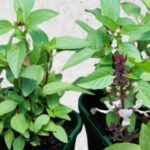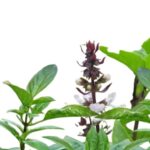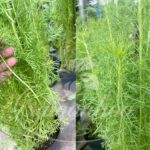Basil is a popular herb used in cooking. Additionally, it can be brewed for tea, or used in baths and face washes, as well as traditional remedies.
Basil is easy to grow and adapts to various environments. You can grow basil at home, either as a decorative plant to add a touch of greenery to your living space, or as a culinary herb for your kitchen.
**How to Grow Basil**
You can choose to grow basil from seeds or propagate it from cuttings. Growing basil from seeds takes longer as seeds need time to germinate and develop into plants. Propagating basil from cuttings is faster and has a higher success rate.
If you opt for cuttings, select fresh, green stems that show no signs of pests, diseases, or wilting. Choose stems of medium thickness that are not too old or too young. Cut stems approximately 6-8 inches long with at least 4-5 leaves to ensure the best chance of survival. Use sharp scissors to make a clean cut, minimizing damage to the stem.
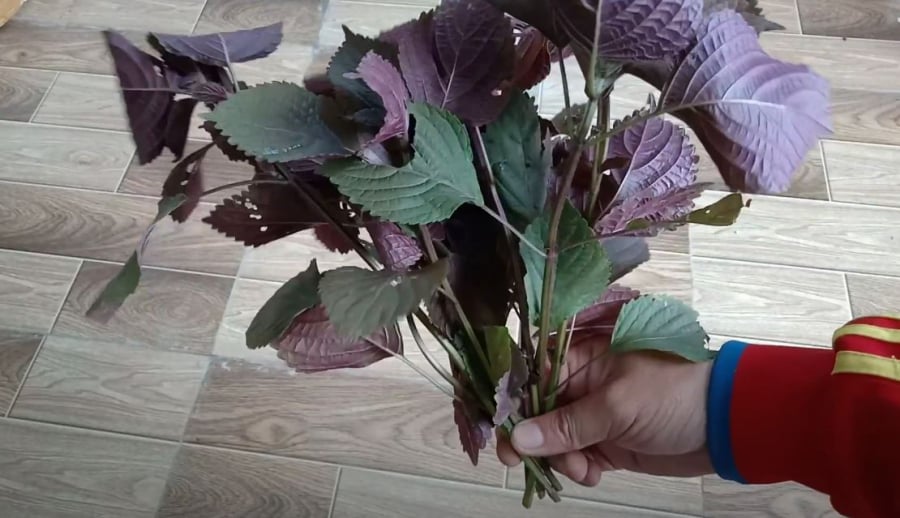
You can grow basil by propagating cuttings.
For the soil, choose a clean, loose, and well-draining soil, and enrich it with organic fertilizers if possible.
You can grow basil in your garden, or in pots or plastic containers. If using pots/containers, ensure they are at least 8-12 inches deep to provide sufficient space for the roots, and don’t forget to create drainage holes to prevent waterlogging.
Soaking the basil cuttings in water for about an hour before planting can enhance root development. If you have access to a rooting hormone, soak the cuttings in it.
After soaking, remove the lower leaves from the stem, leaving only 1-2 leaves at the top. Removing the lower leaves helps the plant focus its energy on root growth.
Plant the basil cuttings in the soil, burying the stem about 2-3 inches deep. Gently firm the soil around the cuttings to secure them in place.
After planting, maintain moisture in the soil by watering regularly, but avoid overwatering to prevent waterlogging. Place the basil pot in a bright spot, avoiding direct sunlight, to encourage healthy growth.
**Basil Care Tips**
Basil thrives in moist conditions but does not tolerate waterlogging. Depending on the weather, water your basil once or twice a day. During hot weather, increase the water quantity to prevent wilting. Note that it’s best to water in the early morning or late afternoon, avoiding the hottest part of the day, such as midday, to prevent leaf scorch.
About 2-3 weeks after planting, you can apply organic fertilizer to provide additional nutrients to the plant. Be sure to use a moderate amount to avoid shocking the plant.
As your basil plant grows, pinch off the lower leaves to encourage the upper, younger branches to flourish.
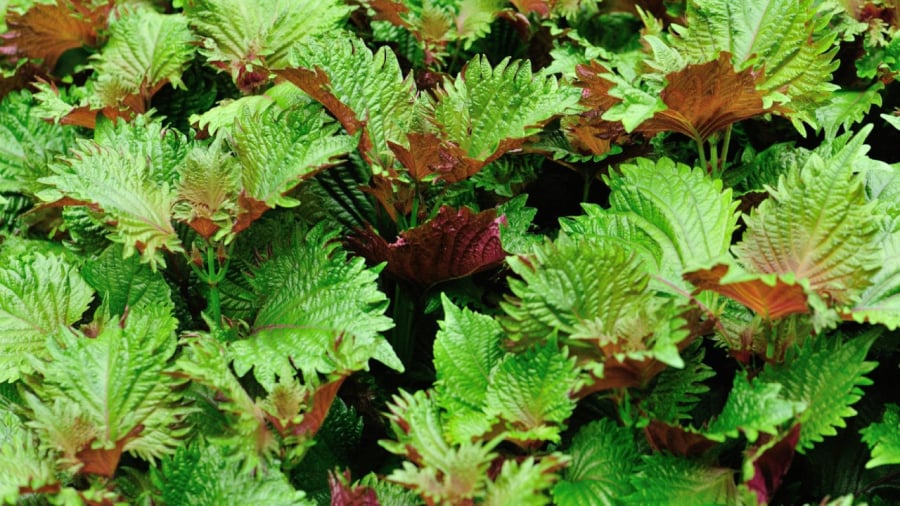
About a month after planting, you can start harvesting by plucking the larger leaves first.
Approximately 30-45 days after planting, your basil plant will be ready for its first harvest. Start harvesting from the top, plucking no more than a few leaves at a time to allow the plant to recover and continue growing. Prioritize harvesting the larger leaves first. After each harvest, you can apply organic fertilizer to boost the plant’s nutrition and encourage more leaf growth. Wait about 5-7 days before harvesting again.
Additionally, you can cut the stem while leaving 2-3 inches from the base (measured from the soil level) to allow the plant to regrow.
Basil is generally pest and disease-resistant, so there’s little cause for concern in that regard.
The Magic Four: Nature’s ‘Painkillers’ to Soothe Your Stress
This particular plant is not only pleasing to the senses with its delightful fragrance, which has a calming and relaxing effect on those who inhale it, but it is also an effective air purifier that benefits your health. Additionally, it can be used as a delicious herb to enhance your culinary creations. From a feng shui perspective, this plant is also considered highly auspicious.
The Magic Four: Plant These on Your Balcony and Save on Medication Costs
Introducing the four easiest edible plants to grow in your balcony garden – not just ornamental, but a delicious and healthy treat, too! These versatile plants are also known for their medicinal properties and are a must-have for any household. With their easy-going nature and multiple benefits, every home should have at least one of these thriving on their balcony.

























